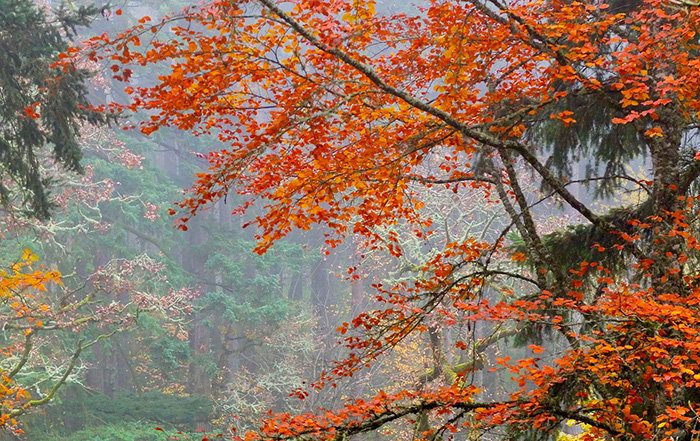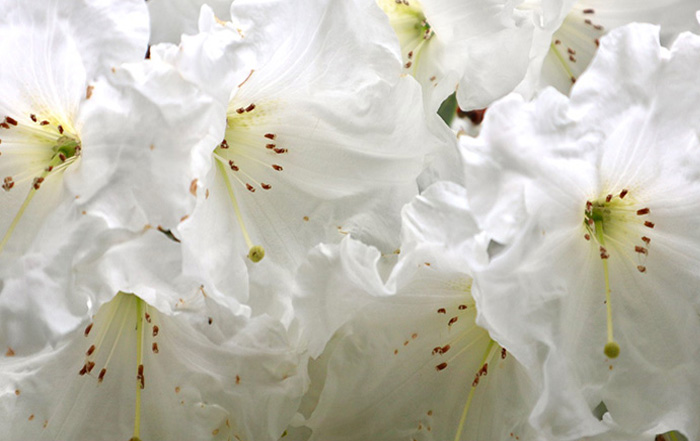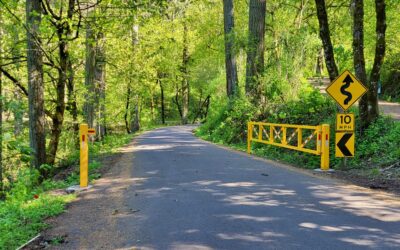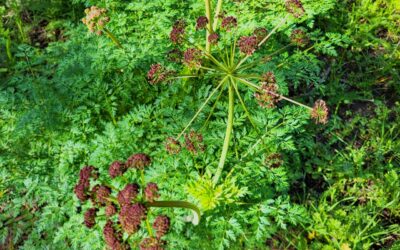Our Mission
To provide stewardship for Hendricks Park through education, restoration and community support.
The Friends of Hendricks Park help to protect and maintain Eugene’s oldest city park. Located on the ridgeline to the east of the University of Oregon, Hendricks Park was established in 1906. The 78-acre park, with its visible ridgeline, is part of Eugene’s identity.

The Friends of Hendricks Park help to protect and maintain Eugene’s oldest city park. Located on the ridgeline to the east of the University of Oregon, Hendricks Park was established in 1906. The 78-acre park, with its visible ridgeline, is part of Eugene’s identity.
The 78 acres of Hendricks Park contain the Rhododendron Garden (15 acres), the Native Plant Garden (5 acres) and the 58-acre forest. The accessible location of the park provides a popular area for runners, walkers, and others who simply want to stroll through the gardens.
Friends of Hendricks Park help to upgrade trails, pull invasive weeds in the forest and Rhododendron Garden, and provide educational tours throughout the park. In recent years, the Native Plant Garden has become a significant aspect of the park, with new plantings, species labeling and weekly volunteer efforts, all supported in part by the Friends.


Hendricks Park News
Wildflower of the Month: May/June, 2024
Rosy Plectritis (Plectritis congesta) Plectritis congesta (Valeriana congesta) is a species of flowering plant in the honeysuckle family. It is known by several common names, including rosy plectritis. It is an annual herb, growing from 4 in. up to nearly two feet...
Hendricks Park News: April, 2024
New Gate at Forest Entrance New gates have been installed at the ends of that section of Fairmount Blvd. that traverses the forest of Hendricks Park. The Friends of Hendricks Park has been advocating for this infrastructure improvement for several years. The gates...
Wildflower of the Month: April/May 2024
Fernleaf Biscuitroot (Lamatium dissectum) Lomatium dissectum, commonly known as Fernleaf Biscuitroot or Wild Carrot, is a member of the Apiaceae family. It flowers in April through May with a large umbell of small yellow-white flowers, each becoming a flat, brownish...



